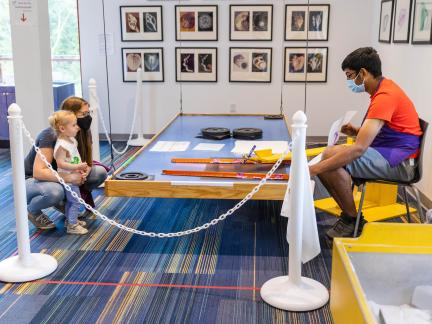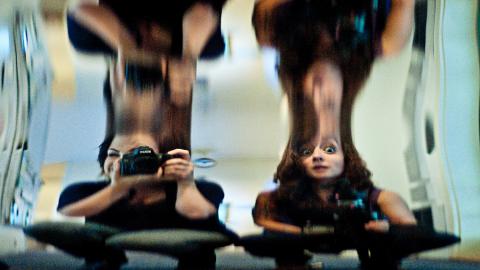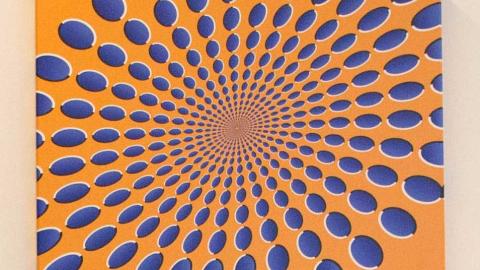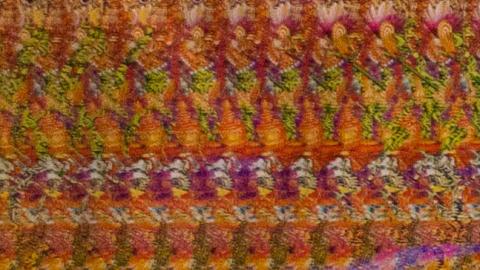Foot Fun Mirror
Explore how curved surfaces reflect light in surprising ways! Incoming light rays on curved surfaces are not reflected back to our eyes in a predictable way. Therefore what we see may look different from what we are accustomed to seeing in flat mirrors.








